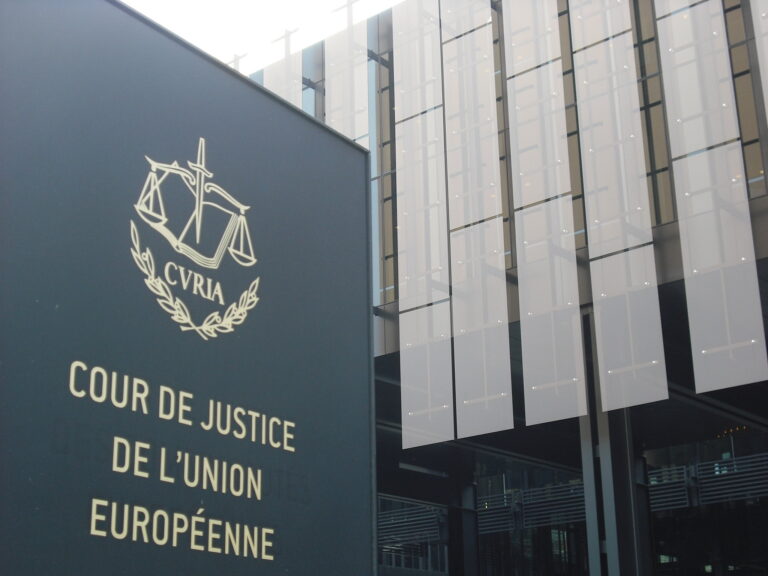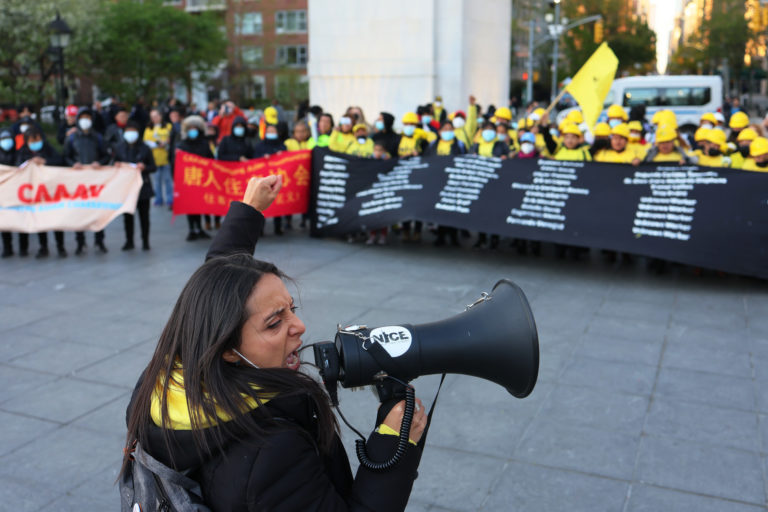
Jason Vazquez is a staff attorney at the International Brotherhood of Teamsters. He graduated from Harvard Law School in 2023. His writing on this blog reflects his personal views and should not be attributed to the Teamsters.
As the United States’ mass-vaccination campaign stalls — and a highly contagious new variant surges — public health officials are starting to ratchet up demands that large employers mandate inoculation. The push was significantly propelled on Monday, as California and New York City collectively imposed a vaccination requirement on nearly one million public sector employees, and the Department of Veteran Affairs did the same for nearly 100,000 workers in its sprawling healthcare network — making it the first federal agency to promulgate a vaccine mandate.
The latest mandates in New York City illustrate the thorny dynamics the issue presents for union leaders, who wish to safeguard their members health as well as their bodily autonomy. While the largest municipal workers union is resisting the move, unions representing thousands of the city’s public school teachers have expressed support.
A new study released by researchers at UCLA finds that heat waves — forecast to intensify in the coming years — considerably escalate workers’ exposure to workplace injuries. Specifically, the research reveals that both outdoor and indoor workers are nearly 10 percent more likely to be injured on the job where temperatures exceeds 90 degrees — and, predictably, the risk is most acute for the lowest paid. Considering that OSHA has still not issued any rules or guidance to mitigate the dangers of extreme heat at work, UCLA’s study underscores the need for employers to adopt heat-related safety protocols.
In May, the billionaire governor of North Dakota Doug Burgum (R) made waves when he announced that the state would cease providing the federally-funded enhancement to unemployment benefits, sparking an exodus from the program among nearly two dozen GOP-controlled states. Yet documents unearthed by a progressive news outlet expose that Burgum’s decisionmaking was driven by political considerations — as the magazine describes it, the governor made a “crass political calculus.”
The documents disclose that a presentation prepared by state officials days before the governor’s announcement acknowledged the benefits of the enhanced payments, highlighting that they “provide[ ] a safety net to almost all ND citizens” and inject millions of dollars in “into the ND economy.” The presentation stressed that any evidence purporting to demonstrate that the upgraded federal benefits hampered hiring was at best “anecdotal.”
Perhaps unsurprisingly, since the cuts went into effect, North Dakota’s unemployment has remained steady, hovering around 4 percent. This is in line with the emerging research, which indicates that curtailing pandemic-related unemployment benefits has failed to propel labor market participation.






Daily News & Commentary
Start your day with our roundup of the latest labor developments. See all
December 19
Labor law professors file an amici curiae and the NLRB regains quorum.
December 18
New Jersey adopts disparate impact rules; Teamsters oppose railroad merger; court pauses more shutdown layoffs.
December 17
The TSA suspends a labor union representing 47,000 officers for a second time; the Trump administration seeks to recruit over 1,000 artificial intelligence experts to the federal workforce; and the New York Times reports on the tumultuous changes that U.S. labor relations has seen over the past year.
December 16
Second Circuit affirms dismissal of former collegiate athletes’ antitrust suit; UPS will invest $120 million in truck-unloading robots; Sharon Block argues there are reasons for optimism about labor’s future.
December 15
Advocating a private right of action for the NLRA, 11th Circuit criticizes McDonnell Douglas, Congress considers amending WARN Act.
December 12
OH vetoes bill weakening child labor protections; UT repeals public-sector bargaining ban; SCOTUS takes up case on post-arbitration award jurisdiction